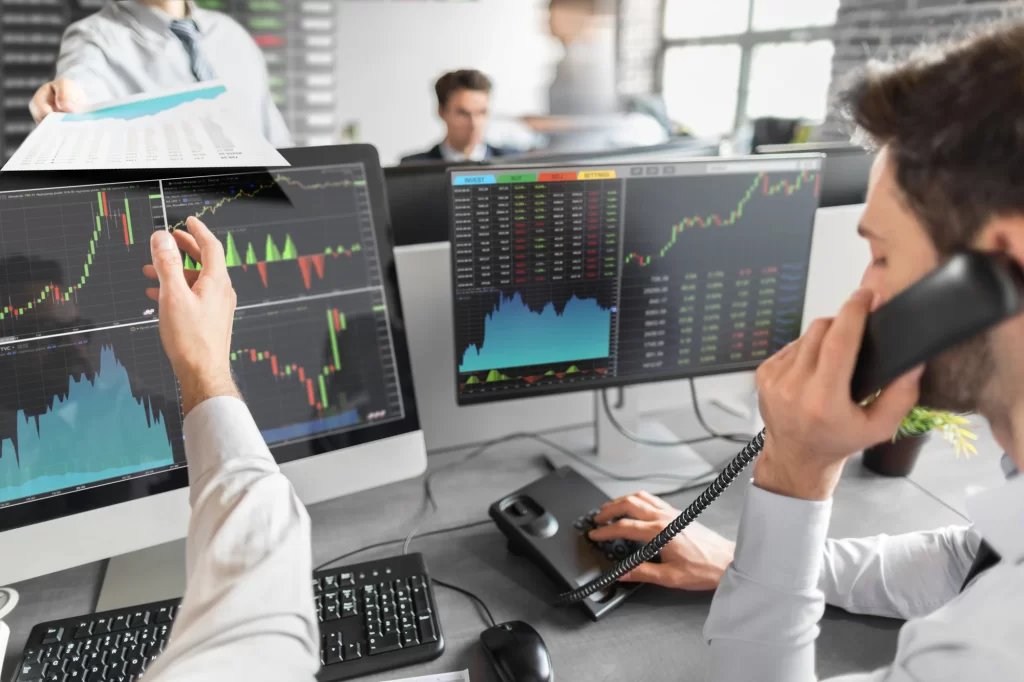
Could this be a double whammy for stocks?
For thousands of years, humans have tried to interpret signs in an attempt to know what the future holds. Gazing at the stars and reading palms, tarot cards, and tea leaves are just a few of the methods used.
Such efforts are considered superstitious by many today. However, some investors think certain signals can accurately predict how stocks will perform. And two key indicators are flashing right now that could point to a major stock market move.
The “fear index” is rising
Franklin D. Roosevelt famously said, “The only thing we have to fear is fear itself.” If so, investors could have something to fear. Why? The stock market’s “fear index” is rising.
I’m referring to the CBOE Volatility Index (^VIX -7.52%), which is also widely known by its ticker symbol VIX. Over the last month, the VIX has jumped more than 30%.

^VIX data by YCharts
This index measures the expectation of volatility in the S&P 500 over the next 30 days. It’s calculated by using the prices of S&P 500 index options. The higher the prices of these options, the more volatility is anticipated.
To a large extent, the stock market is driven by the mindsets of investors. When investors are confident, they’re more likely to buy stocks. This creates buying pressure that pushes share prices higher. However, when investors are fearful, they’re more likely to stay on the sidelines. This can set the stage for stock prices to fall.
The Buffett indicator is near an all-time high
More than two decades ago, Warren Buffett described in Fortune magazine what he viewed as “probably the best single measure of where valuations stand at any given moment.” He was talking about the ratio of the total U.S. stock market value to the nation’s gross domestic product (GDP). This ratio became known as the Buffett indicator.
When Buffett made that statement in December 2001, the stock market was amid a major sell-off as the dot-com bubble burst. The legendary investor argued that when the ratio of total stock market value to GDP rose to an unprecedented level two years earlier, it “should have been a very strong warning signal.”
Buffett also said in the Fortune article, “If the ratio approaches 200% — as it did in 1999 and a part of 2000 — you are playing with fire.” He mentioned that the ratio had recently hit 133%.
Fast forward to the present. The Buffett indicator is at nearly 194%. The only time it’s been higher was in November 2021. The S&P 500 soon began a sharp decline and eventually fell more than 19%.
Is a major stock market decline on the way?
With two indicators flashing ominously, is a major stock market decline on the way? Maybe, but not necessarily. No stock market indicator is perfect.
For example, the CBOE Volatility Index was much higher in early 2023 than it is now. The S&P 500 finished the year up 24%.
As for the Buffett indicator, even with the ratio setting all-time highs beginning in early 2018, the S&P 500 continued to rise. It’s also important to note that the ratio uses only U.S. GDP, but many U.S. companies generate much of their revenue in other countries. Globalization has made the Buffett indicator less useful than it once was.
What should investors do? I think they should only buy stocks that have attractive valuations relative to their growth prospects. I also believe that having some cash on the sidelines to deploy if the stock market falls is a good idea. However, I would recommend these two things even if the “fear index” was declining and the Buffett indicator was much lower.




























